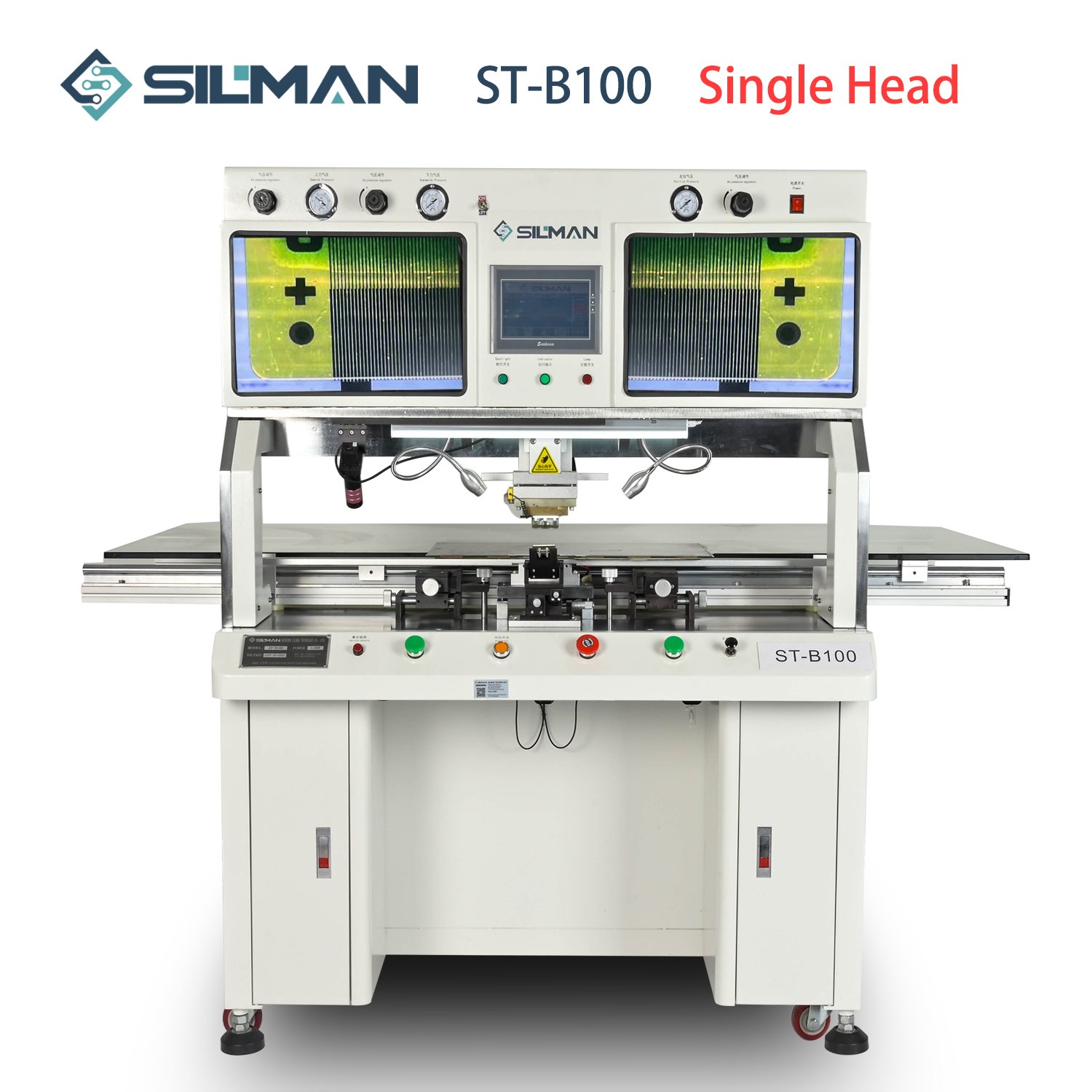El principio de Limpieza de placas PCBA es esencial tanto para los procesos de montaje de tecnología de montaje superficial (SMT) como de tecnología de orificio pasante (THT). La limpieza ayuda a eliminar los contaminantes superficiales acumulados en el producto durante las distintas fases de fabricación, reduciendo así el riesgo de contaminación superficial y mejorando la fiabilidad del producto.
Al limpiar PCBA, es crucial garantizar la compatibilidad entre el agente de limpieza y los residuos generados durante el proceso de soldadura. Esto implica abordar la compatibilidad entre los residuos de fundente y los agentes de limpieza para facilitar la eliminación de los residuos y alcanzar el nivel de limpieza deseado. Un proceso de limpieza eficaz requiere una adaptación óptima de los perfiles de temperatura de soldadura, los parámetros del proceso de limpieza, las pastas de soldadura y los parámetros del fundente.
En el caso de la soldadura por ola, puede haber residuos de fundente o máscara de soldadura que provoquen manchas oscuras visibles, que se noten pegajosas al tocarlas con la mano y no puedan eliminarse fácilmente con los productos de limpieza convencionales. Los perfiles de temperatura de soldadura por ola inadecuados, como temperaturas de precalentamiento excesivas, pueden hacer que el fundente se cristalice, haciéndolo ineficaz y dejando contaminantes inaceptables en la placa. La eliminación de los residuos de flux suele implicar el uso de agentes de limpieza alcalinos con un alto valor de pH, que contienen iones metálicos que pueden promover reacciones químicas para formar sales de plomo. Algunas sales de plomo, como Pb(NO)3, son solubles en agua, mientras que otras son insolubles, dando lugar a la formación de precipitados blancos en la superficie del PCBA.
Con los avances tecnológicos y los cambios en la normativa, los productos de limpieza se enfrentarán a retos cada vez mayores, como el cumplimiento de normas como CEE648 y REACH, que dictan el uso permitido de determinados productos químicos en los agentes de limpieza. En los últimos años, se ha producido un cambio hacia nuevas tecnologías y equipos de productos de limpieza, como los disolventes sin cloro y los productos de limpieza a base de agua.
